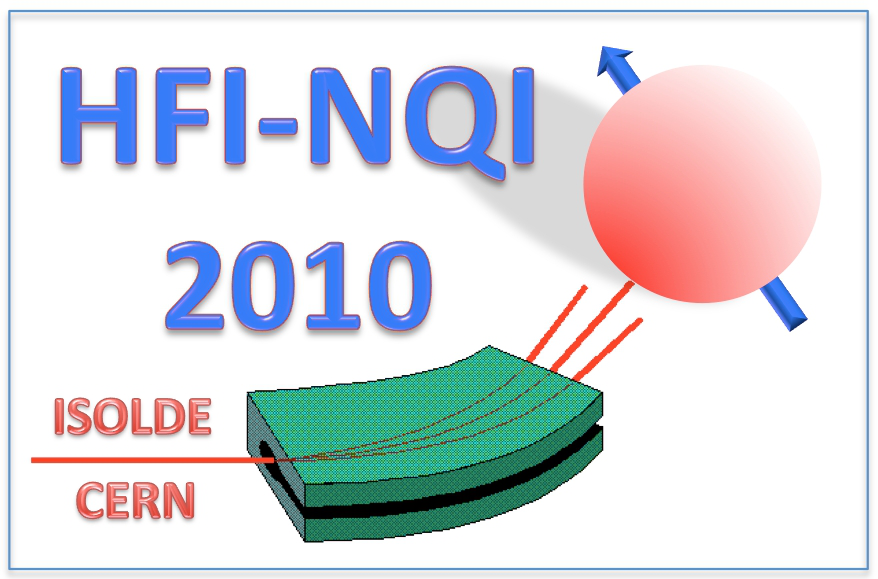Speakers
Description
Summary
The indium oxide electronic properties, pure or impurity doped, as massive material or thin films, irrespective of its morphology, i.e. nanoparticles or nanowires, are of high interest due to their potential technological applications. Perturbed Angular Correlations (PAC) measurements on pure and doped In2O3 using 111In as radioactive probe are presented.
Already the first paper on the application of the PAC technique to an oxide found the electron capture after-effects (AE) for 111In/111Cd probes in In2O3. The 111In isotope decays via EC to the 7/2+ state of 111Cd and after 170 ps the first γ quanta of the PAC cascade is emitted. The EC-decay caused a hole in the K-shell, which is filled by X-ray and/or Auger transitions. Within 0.01 ps further Auger processes produce additional holes in higher shells. Therefore, the 111Cd-atom is highly ionized after its creation and electrons are needed to stabilize its electron shell. It depends strongly on the properties of the matrix (metal, semiconductor, and insulator) whether enough electrons are available in time or not. In metals the missing electrons are fast supplied and no AE is observed. But in semiconductors or insulators the relaxation time of the excited electron shell may be longer than the mean lifetime of the hyperfine-sensitive intermediate state in 111Cd (122 ns), leading to time-dependent (fluctuating) EFGs and damped PAC perturbation functions G22(t)
Many different experiments have proven that the EC after-effect is, without doubts, the origin of this damping of the R(t) functions. Implantations at ISOLDE/CERN of the 48 min isotope 111mCd into different bixbyite oxides showed no aftereffect, the same was observed in the PAC-experiments with the 181Hf/181Ta. In both cases, no EC-decay can distort the probe’s electron shell and no additional electron is needed.
The existence of these aftereffects depends on the oxide purity. In this communication are presented results obtained with indium oxides samples contaminates with different impurities. An equimolar mixture of OCd and In2O3 doped with 111In and overnight calcinated at 1273 K in normal air atmosphere, results in In2O3 doped with Cd impurities. Additionally, In2O3 doped with C was made: a mixture of indium metal and carbon, in a porcelain crucible, loosely cover was overnight calcinated at 1273 K. In this way crystals of In2O3 grew on the walls and cover of the crucible. Later the crystals were doped with 111In. PAC spectra of both samples were studied as a function of temperature. The obtained results show pronounced differences, which can be ascribed to the donor or acceptor character of the impurities.
| Please specify whether you would prefer an oral or poster contribution. | poster |
|---|
